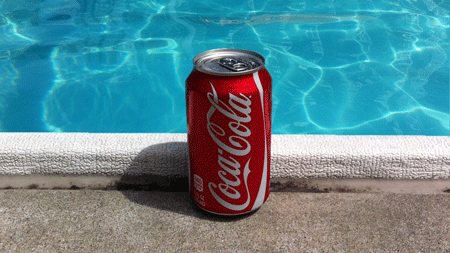February 25, 2015
Moving pictures. The phrase has been around for more than one hundred years but in 2015 they really are just that. Only the buzz name for them is cinemagraphs. And they are the next big thing in social media and marketing opportunities.
Based on the humble GIF file, they are static photograph images which have one or two moving, or animated, parts. They offer the clarity of a good image, with the almost three-dimensional feel of a short video sequence.
They are commonly produced by taking a series of photographs or a video recording and using an image editor setting up the video frames to repeat a motion over and again. This creates a seamless, almost lazy and natural effect that draws the viewer’s attention to the moving part.
It could be a dangling leg off a wall, reeds blowing in the wind, or water jetting at the front of a sailing boat on the deep blue sea. The rest of the image stays steadfastly static. One early studio offering them is Ann Street Studios. Others are Kino Studios and The Company Studio. The term “cinemagraph” was coined by U.S. photographers Kevin Burg and Jamie Beck who used the technique to animate their fashion and news photographs since 2011.
Witness the glistening shoes and the moving rabbits in this static (below), as the artist has become keen to introduce a few moving parts. That is the power of this medium. You can highlight several parts of the image.

The best part is that because only a part of the image moves, that bit can train the human eye to identify with some element of the image and provide marketing with the opportunity to “sell” a message within an image. A sublime and sophisticated message delivery mechanism.
Unlike a video, cinemagraph GIF files can be less than half of one megabyte in size, making light work of embedding them into websites or even email signatures.
Like most great ideas, everyone is asking why we didn’t have them earlier? They trace their history back to 2008, but now they are getting a major leg up thanks to social network Facebook and the photo and video service Instagram. The two social media providers are reportedly looking to launch a new advertising format based on the cinemagraph.

Facebook aren’t all that early, however. Originally, posted on Coca-Cola’s Tumblr page, an image of a static can of the soft drink poolside with rippling water behind is now a classic shared or re-blogged 80,000 times. It was posted on the Tumblr site in 2013. But it gives you an idea of how eye-catching this new image style is and how it can lend itself to marketing and brand assertion.
Expect more from this nascent media. We are pretty excited by it all too!